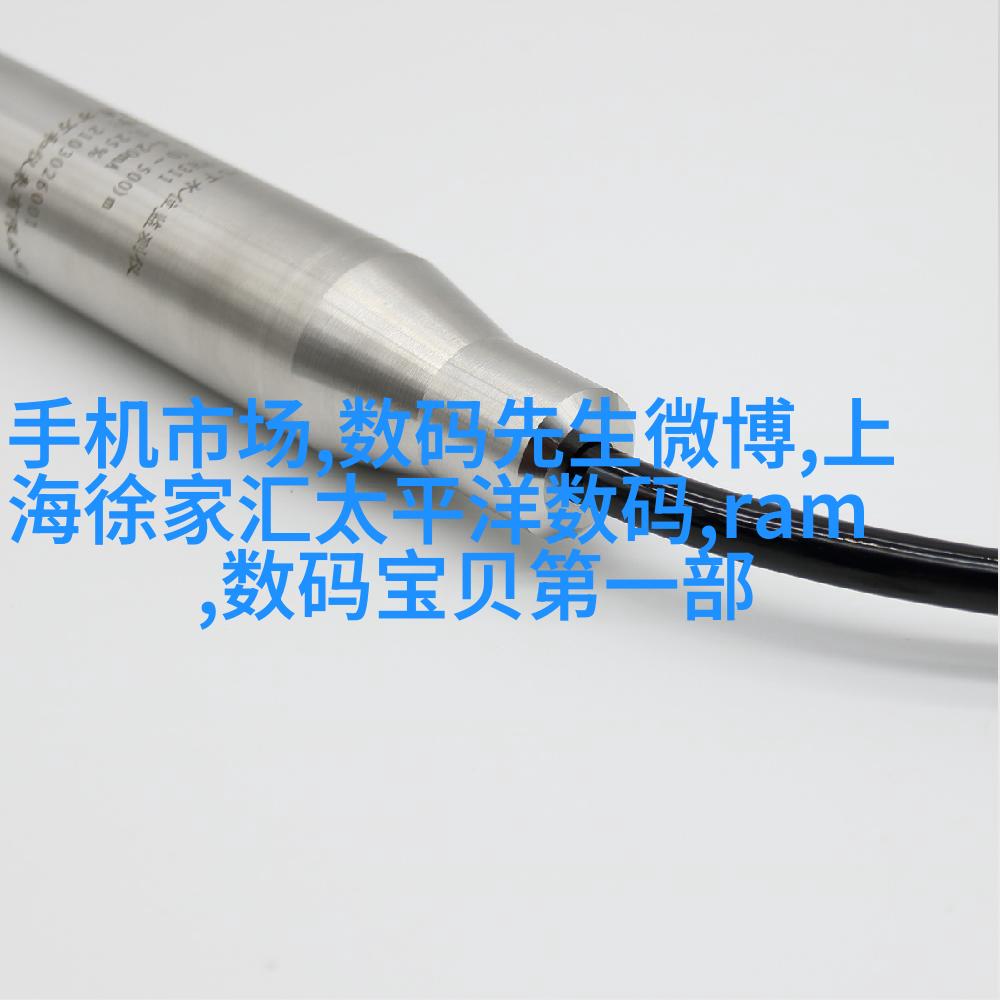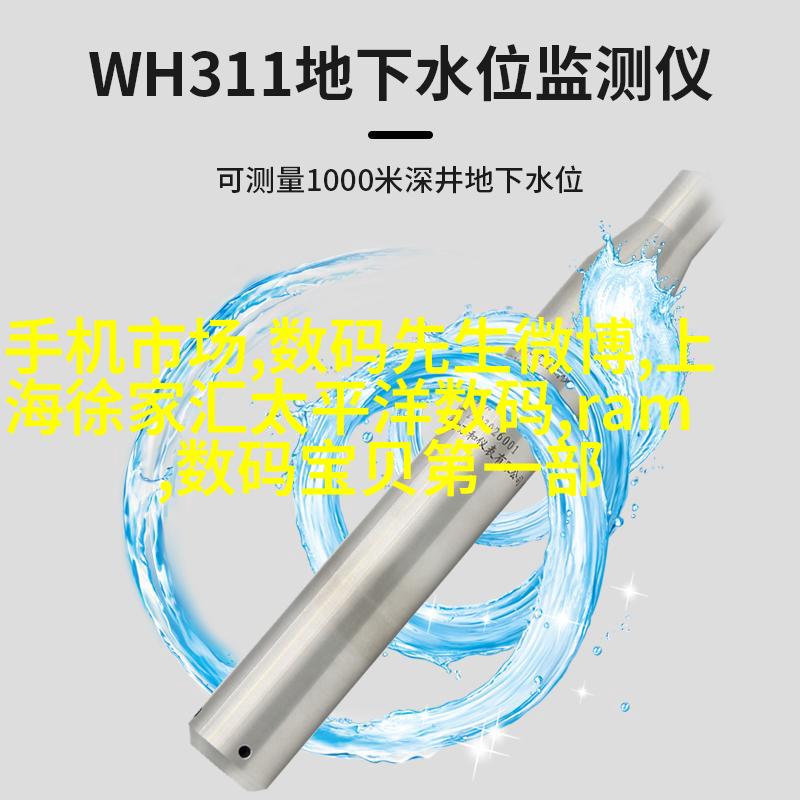家居生活中,厨房、卫生间等进出水量较大的场所都会有比较大的进排水竖管,这些管道裸露在外有时会影响美观,因此许多人都想把它隐藏起来。这就是厨卫管道隐藏好帮手——包立管。 Part1:隐藏厨卫管道 包立管施工需知 厨房、卫生间是家中用水量和排水量都比较大的地方,因此会用到一些比较大的管道,横向管道可以用吊顶和地面遮住,而竖向的管道则一般采用包立管的方式隐藏起来。 1、包立Pipe介绍 包立Pipe是一个家居装修用语,即在家居装修时,把厨房和卫生间的下水管道和给水pipe的standpipe用装修材料package起来,起到hidden pipe作用。 2、需要留检修口 按麻烦程度和不稳定程度来说,standpipe能不package尽量不package,能使用可拆卸材料的package就尽量不使用固定package法,能使用轻质材料package就尽量不使用厚重材料package。尤其是在旧house改造装修中,因为pipe都是有寿命的,都可能需要检修或更新。在封得太死,或检修口太小,都会给以后的装修带去麻烦。 3、Package费率 然而,大部分的厨卫pipe都是要被hidden了,一旦生锈,就容易影响外观,所以一般情况下会采用固定Package法与其他wallface统一协调来进行Package与decoration。大多数时候,可以按面积计费,也可以按个算费。 4、也需做防watering 可以在kitchen and bathroom刷完防water涂料后被hidden pipe,也可以被hidden pipe后再刷防water涂料。但如果是water pipe,就应该在刷完防water涂料后被hidden,以免将来万一leaking祸及邻居,有检查口的话注意,在被hidden的时候保留好,以备将来随时之需。

Part2:Construction Methods Bricklaying vs Timber Beam Construction
The construction methods for hiding pipes have many options, the most common being four: bricklaying, timber beam construction, light steel beam construction, and aluminum board construction. Below we will first discuss two of them: bricklaying and timber beam construction.

Bricklaying

Bricklaying is a method used by masons in which bricks are laid to create a frame around the hidden pipe before tiling begins. The bricks or lightweight bricks are laid out like a mold around the exposed section of the standpipe. Once dry, they are filled with cement mortar to secure them in place before tiles can be applied.
Important considerations:
When laying bricks ensure that they fit snugly against the standpipes without wasting space.
Allow time for drying after laying bricks before applying cement mortar.

Reinforce with iron mesh for added strength.
Characteristics:
Brickwork has good sound insulation properties and is durable but takes up more space than other methods.

Timber Beam Construction + Cement Mortar Board Method
Timber beam construction is one of the simplest and most cost-effective methods available. It involves creating a framework using wooden beams then attaching water-resistant boards to cover it up completely once finished with tiles on top.
Important considerations:
Use high-quality wood materials that resist moisture damage.
Ensure proper ventilation between walls during installation.
Apply waterproof sealant at joints where boards meet each other or edges of pipes come into contact with walls when installing new tile finishes over these areas as well as any cracks found within their surface afterward due to wear from daily use such as foot traffic etcetera., not forgetting about how important keeping those little gaps sealed tight!
Characteristics:
This method offers easy installation but may lead issues related corrosion if not properly maintained due mainly because wood tends easily get damaged by dampness leading potentially causing further problems later down line when trying fix issues caused through neglect rather than actively taking preventative measures early enough!